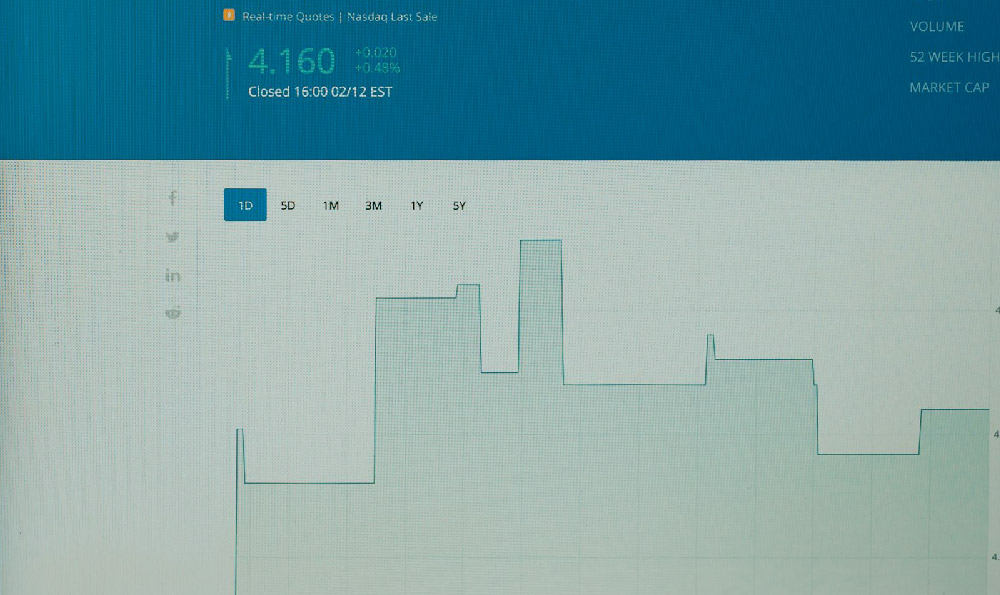Drip investing, also known as Dividend Reinvestment Plan (DRIP), is a method of investing where cash dividends earned from a company's stock are automatically reinvested to purchase additional shares or fractional shares of that company’s stock. Instead of receiving the dividend in cash, the investor uses it to acquire more of the underlying asset. This process can be automated, making it a convenient and often overlooked strategy for long-term wealth accumulation.
The allure of drip investing lies in its compounding effect. When dividends are reinvested, they purchase additional shares. These additional shares, in turn, generate more dividends, which are then reinvested to buy even more shares. Over time, this snowball effect can significantly increase the overall value of an investment portfolio. It’s a classic illustration of how time and consistency can work in an investor's favor, particularly when dealing with dividend-paying stocks of fundamentally sound companies.
Several advantages make drip investing attractive to a wide range of investors, especially those with a long-term perspective. One of the most significant benefits is the power of compounding. By consistently reinvesting dividends, investors can harness the potential for exponential growth. This is particularly potent when the underlying stock appreciates in value as well.

Another advantage is the potential for cost savings. Many companies and brokerages offer DRIPs with reduced or even waived brokerage fees. This can be a substantial advantage, especially for small investors or those who prefer to invest regularly in smaller amounts. The reduced transaction costs can significantly improve overall returns, particularly over the long run.
Drip investing also promotes dollar-cost averaging. By automatically reinvesting dividends, investors purchase shares at varying price points. This can help to mitigate the risk of buying high and potentially lower the average cost per share over time. When share prices are low, the dividend will purchase more shares, and when share prices are high, the dividend will purchase fewer shares. This automatic adjustment can help to smooth out market volatility and provide a more consistent investment experience.
Furthermore, drip investing is a convenient and hands-off approach to investing. Once the DRIP is set up, the reinvestment process occurs automatically, without the need for manual intervention. This can be particularly appealing to busy individuals or those who prefer a more passive investment strategy. It removes the temptation to time the market or make impulsive decisions based on short-term market fluctuations.
However, drip investing is not without its drawbacks. While it offers numerous advantages, it's crucial to consider the potential downsides before committing to this strategy.
One potential disadvantage is the lack of diversification. By exclusively reinvesting dividends into the same company's stock, investors may inadvertently concentrate their portfolio in a single asset. This can increase the overall risk of the portfolio, as its performance becomes heavily reliant on the performance of that one company. If the company experiences financial difficulties or underperforms, the entire portfolio could suffer. Diversification is a cornerstone of sound investment strategy, and DRIPs should ideally be part of a broader, more diversified portfolio.
Tax implications are another important consideration. In most jurisdictions, dividends are taxable income, even if they are reinvested. This means that investors will owe taxes on the dividend income each year, regardless of whether they receive the cash or reinvest it. It’s essential to keep accurate records of all dividend reinvestments for tax reporting purposes. Investors should consult with a tax advisor to understand the specific tax implications of drip investing in their jurisdiction.
Another potential drawback is the limited investment choices. DRIPs are only available for companies that offer them. This may restrict investment options, as investors are limited to choosing from the companies that have a DRIP program. It’s crucial to thoroughly research any company before enrolling in its DRIP, as the decision should be based on the company's financial health, growth prospects, and overall investment suitability.
Furthermore, drip investing may not be suitable for investors who need immediate income from their investments. Since dividends are reinvested rather than received as cash, investors who rely on dividend income to meet their living expenses may find drip investing impractical. In such cases, it may be more appropriate to receive dividends in cash and use them to supplement income.
So, should you engage in drip investing? The answer depends on individual circumstances, investment goals, and risk tolerance. Drip investing can be an excellent strategy for long-term investors who are seeking to build wealth through the power of compounding, especially when coupled with a diversified portfolio. It's also well-suited for those who prefer a hands-off, automated approach to investing.
Before committing to drip investing, investors should carefully consider their financial goals, risk tolerance, and tax implications. It’s also essential to thoroughly research the companies offering DRIPs and ensure that they align with their investment objectives. A diversified portfolio, which might include DRIPs among other asset classes, is generally recommended to mitigate risk.
In conclusion, drip investing is a powerful tool for long-term wealth accumulation. Its advantages include the power of compounding, cost savings, dollar-cost averaging, and convenience. However, it’s important to be aware of the potential disadvantages, such as lack of diversification and tax implications. By carefully considering these factors and integrating drip investing into a well-diversified portfolio, investors can harness its potential to achieve their financial goals. As with any investment strategy, it's crucial to do your due diligence and seek professional advice if needed.












